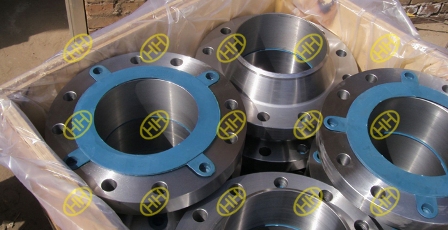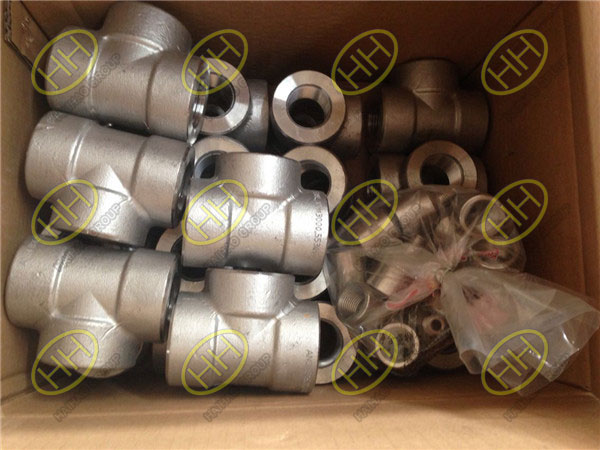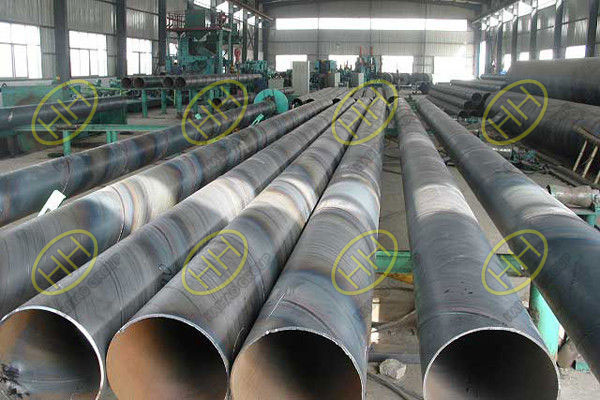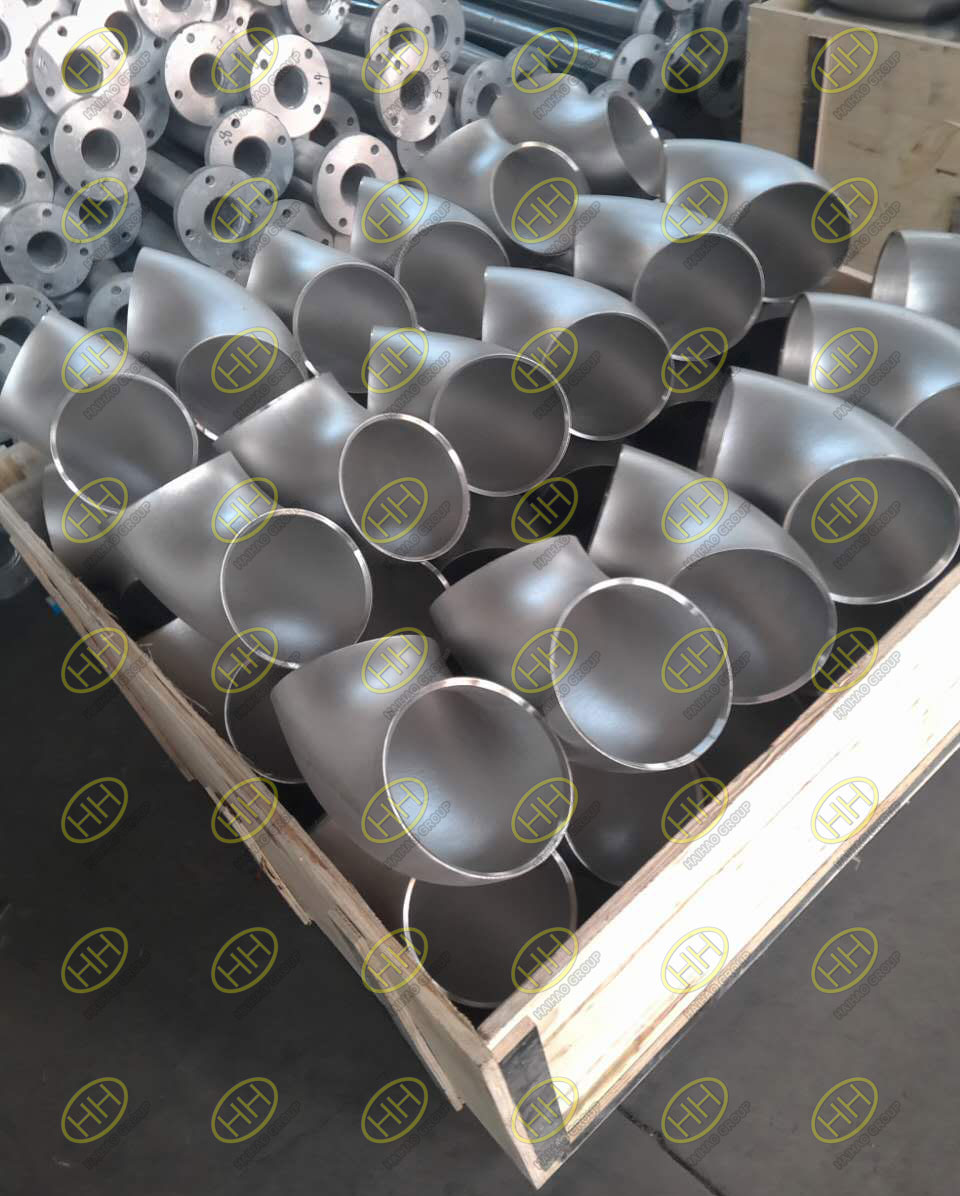Do you know the good fittings mean where is good?
When customers call and ask about products, they often say, “i want good fittings, not defective products.” Finished pipe fittings are difficult to distinguish from good or bad quality from the appearance, and they are only known during use. The quality of the project is focused on Safety First, and once an accident occurs, it will cause irreparable losses.
As a professional supplier of fittings,i think the difference between good fittings and sub-fittings mentioned by customers is the difference between qualified fittings and unqualified fittings. The main differences between qualified and unqualified fittings are as follows:
1.The raw material is the base material. In order to produce qualified pipe fitting products, qualified raw materials must be selected. That is, the steel pipes, steel plates and billets used for manufacturing pipe fittings must be products that have passed the inspection and meet the relevant national standards. In practice, in order to reduce production costs, poor manufacturers use pipes or other raw materials from unknown sources, some purchase engineering surplus materials, some purchase defective pipes and test machine products processed by steel mills, and some have already purchased Retired oil and gas pipelines that have reached the end of their useful life, and some use low-grade steel instead of high-demand steel, and even welded steel pipes that have processed welds instead of seamless steel pipes. All these have brought endless hidden dangers to the purchaser.
2.In the process of pipe fitting molding, die pressing, extrusion, and forging are inseparable. It is required that factories often inspect various manufacturing dies to minimize defects such as strains and scratches in the pipe fitting forming process.
3.Heat treatment. The main role of heat treatment is to eliminate stress, reduce hardness, refine grains, and improve structural performance. For stainless steel, it means austenitizing. In particular, all cold-formed pipe parts must be heat-treated. However, many small factories still use small coal furnaces for heat treatment. The work is based on the experience of the workers. The temperature of the furnace is unstable and cannot guarantee the heat treatment effect.
4.Non-destructive testing is NDE. National standards and international standards have corresponding provisions for non-destructive testing of formed fittings. For example: 100% magnetic powder testing must be done for cold extrusion tees and 100% radiographic testing for welds. However, some factories have omitted the necessary non-destructive testing because they do not have the testing power, or are lucky or overconfident. They have not found any major surface or internal defects in the product, and they have laid a foreshadowing for hidden dangers.
5.End preparation. Most fittings will be welded to the pipeline or other fittings at the project site. This requires that the roundness, thickness and bevel processing of the end of the pipe must be excellent, otherwise it will bring difficulty to the welding on the project site, and then affect the welding quality of the project. Some people think that the wall thickness of our pipe fittings is not inferior, and it is much thicker than that required by customers. It should not be a problem. As everyone knows, too thick end thickness will also make it impossible to weld on site.
Haihao Group supply piping products(steel pipe,pipe fitting,flange) more than 30 years,our products are widely used in many industries all over the world.If you want to know more about our products,please feel free to contact us.Email: sales@haihaogroup.com




